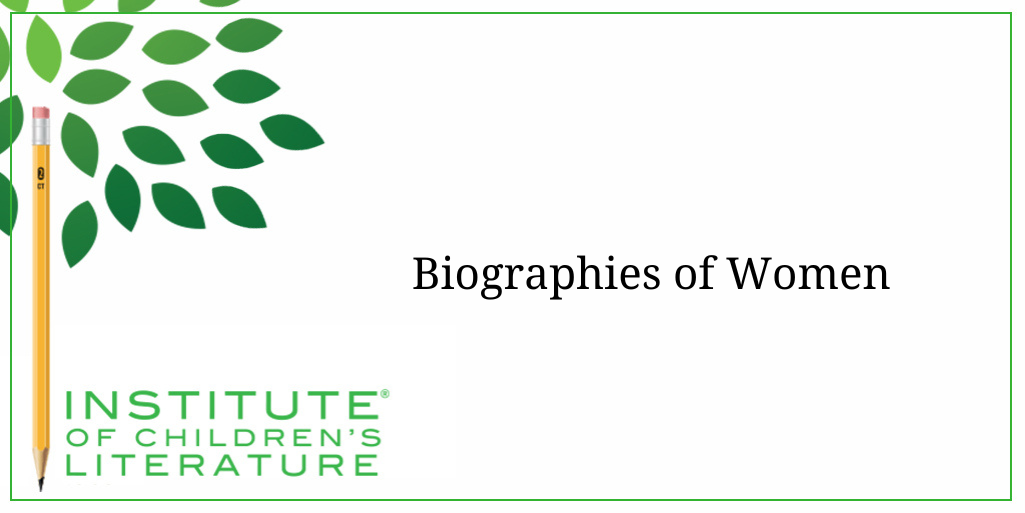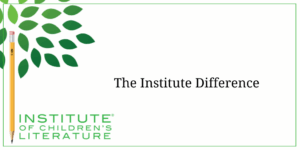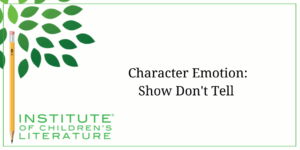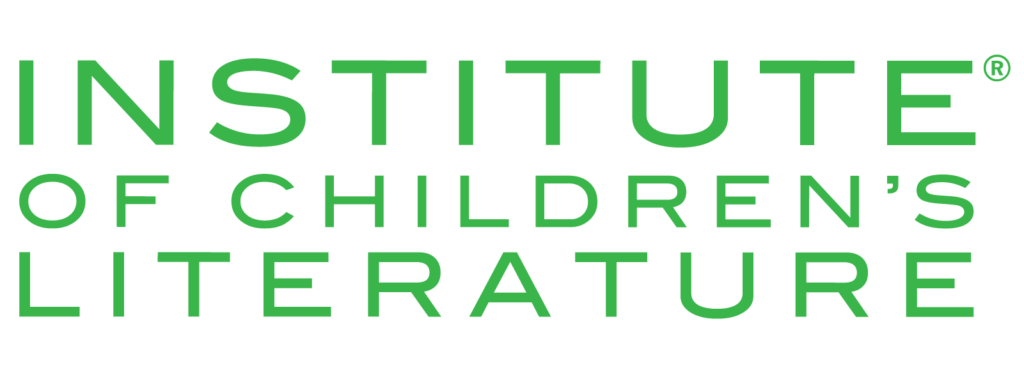
- Date: March 27, 2025
- Author: Jan Fields
- Category: Writing for Children Blog
- Tags: biographies, storytelling, Women
We teach our students how to write and get published!
View our Course Catalog >
Biographies of Women
Biographies for kids are some of the most popular children's nonfiction. In this, things haven't changed much. My husband remembers loving biographies of historical figures and sports figures when he was a boy. These books helped him learn to love reading.
Today as in the past, most biographies tend to be narrative nonfiction, meaning that they tell stories of the person's life rather than simply listing facts and timelines. This is particularly true of picture book biographies, which often focus on a single big story in a person's life. Today, publishers try very hard to ensure accuracy in the storytelling, requiring writers to put forth serious effort in finding trustworthy, and often primary, sources for the stories in the books. 
Biographies Past and Present
Though the popularity of biographies hasn't changed much, the people featured in them have. More and more biographies focus on people who would have been overlooked by publishers a half century ago. Publishers seek out biographies of overlooked and underserved people, and this includes women. When I was young, biographies were popular reading, but the number of them featuring women was scant. And the way those biographies were focused, they often went out of their way to focus on the stereotypically feminine aspects of the women.
One particularly popular biography series, published by the Bobbs-Merrill Company had hundreds of books in their Childhood of Famous Americans Series, mostly about white men. The books focused on the childhood of famous people in history, and they leaned heavily on imagination rather than accurate research. After all, it's not exactly easy to find details of the lives of specific children in Colonial America, for instance, so when in doubt, imagine! And mostly these folks in the books were really, really good children. So, there is a certain sense that maybe the books were heavy on indoctrination and encouraging character over sharing facts.
Sprinkled in the many, many books about men were biographies of Florence Nightingale and Clara Barton as nursing had become a very female subject, biographies of Betsy Ross as needlecrafts were associated with women and biographies of a few first ladies because they were mostly famous for being wives. There were also biographies of women writers and singers, as those jobs can feel properly feminine. I remember being shocked to find Virginia Dare, Mystery Girl, who did little but be born and disappear. But whenever a children's biography dealt with someone who great up to do things that weren't exactly “girlie,” like Amelia Earhart and Annie Oakley, there was a hint that these women were a little weird. And the biography list simply ignored women inventors, explorers, and scientists. The one woman in a STEM field in the book series was Maria Mitchell, an astronomer and heavily credits Maria's father with her ultimate success in astronomy.
 Today, we no longer think it's weird that women are and were capable of amazing things, and modern biographies don't seek out a man to credit for the woman's ultimate success. Nor do they focus on how well women managed to be virtuous and feminine while doing their amazing things. But because women—and especially women of color—were overlooked in children's biographies for so long, it's easier to interest publishers in biographies of unique and interesting women because of the greater odds these women haven't been previously covered. These can include women who broke boundaries, women of accomplishment in STEM fields, women in sports, women activists, and overlooked women historical figures.
Today, we no longer think it's weird that women are and were capable of amazing things, and modern biographies don't seek out a man to credit for the woman's ultimate success. Nor do they focus on how well women managed to be virtuous and feminine while doing their amazing things. But because women—and especially women of color—were overlooked in children's biographies for so long, it's easier to interest publishers in biographies of unique and interesting women because of the greater odds these women haven't been previously covered. These can include women who broke boundaries, women of accomplishment in STEM fields, women in sports, women activists, and overlooked women historical figures.
Finding a Subject
Today, publishers look for certain things in the women's biographies—and any biographies—they publish:
- They want a person who has done something extraordinary.
- They want a person who doesn't already have a lot of books published about them.
- They want a person whose life can illustrate a theme (Was she unusually courageous throughout her life? Did she never give up? Was she always focused on helping others? Was she someone who always had to do what people said she couldn't?)
- They want a person you can research from more than one source.
The subject of your biography doesn't need to be a person everyone already knows. For instance, Shark Lady by Jess Keating and illustrated by Marta Marta Álvarez Miguéns is the biography of Eugenie Clark, someone who is hardly a household name. But her fascination with sharks and her determination to learn more about them and protect them made her an excellent subject. Kids love sharks, so the book had an instant kid-friendly appeal. Another biography with a similar subject appeal is Dinosaur Lady by Linda Skeers and illustrated by Marta Álvarez Miguéns. Again, the paleontologist Mary Anning isn't someone we recognize, but she had a fascinating story and an appealing field of study, making her a tempting subject for the publisher.
Groups Are Good Too
Publishers are also interested in books that look at more than one person at a time. For instance, She Persisted by Chelsea Clinton and Illustrated by Alexandra Borger introduces a list of thirteen American women and children. The books give just a line about each, but the focus is on how each of the people listed had to keep going, had to persist. The book includes people from different times and very different situations. For example, it includes Ruby Bridges, Sally Ride, Maria Tallchief, Oprah Winfrey, Harriet Tubman, and Nellie Bly.
Now, one of the reasons She Persisted was picked up by the publisher is because Chelsea Clinton has a platform. People will buy the book for her name. But it also came at a time that “she persisted” had become a catchphrase for many women in the United States, so the title was a sure winner as well. Thinking about what has captured the American consciousness at any given time can also make your book appealing.

© Penguin Random House
Other collective biographies of women include A is for Awesome by Eva Chen and illustrated by Derek Desierto, Fantastically Great Women Who Changed the World by Kate Parkhurst and Courageous World Changers by Shirley Raye Redmond. You can also find collective biographical books about women in specific fields such as Women in Space by Karen Gibson and Hidden Figures by Margot Lee Shetterly and Laura Freeman.
Whether you're interested in writing about a single amazing and overlooked woman, or you want to look at a group of women, women make terrific nonfiction subjects. They have amazing stories, and too many are still untold. So, if you find one to tell, then go for it. There are children waiting to hear it.
Related Articles for Children's Nonfiction
With over 100 books in publication, Jan Fields writes both chapter books for children and mystery novels for adults. She’s also known for a variety of experiences teaching writing, from one session SCBWI events to lengthier Highlights Foundation workshops to these blog posts for the Institute of Children’s Literature. As a former ICL instructor, Jan enjoys equipping writers for success in whatever way she can.





1 Comment
For even more diversity, there's my book QUEEN OF PHYSICS: HOW WU CHIEN SHIUNG HELPED UNLOCK THE SECRETS OF THE ATOM, published in 2019 by Union Square. I also wanted to mention this book since I'm a 2-time graduate of ICL (the basic course and the novel course).